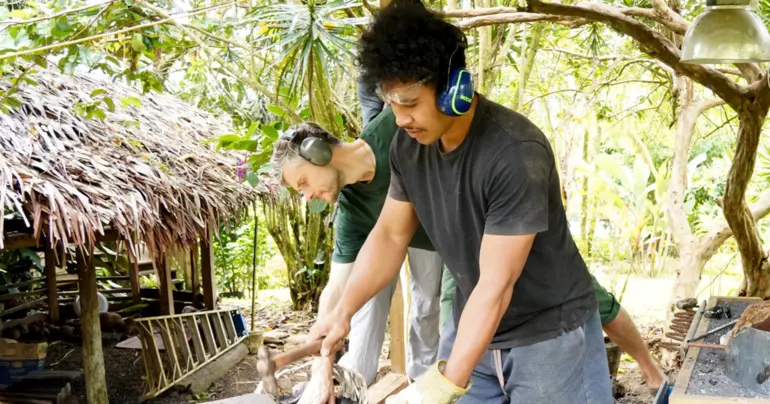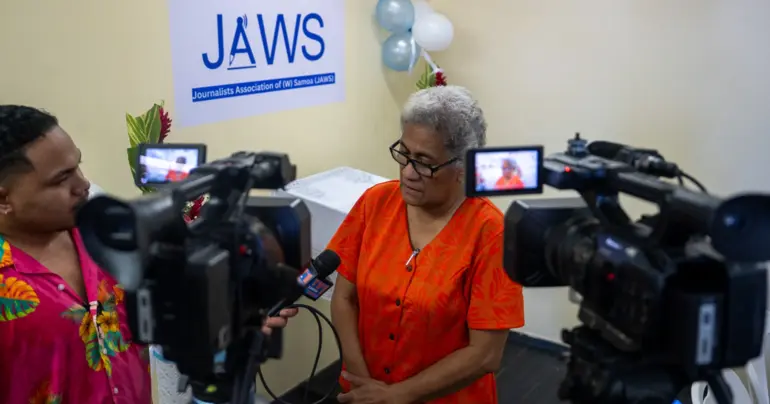Plastic Pollution in Samoa
Samoa, a beautiful group of islands in the South Pacific, is known for its stunning landscapes, vibrant culture, and rich wildlife. However, plastic pollution is becoming a serious problem, threatening both the environment and the main sources of income for many people: the land and the sea.
Samoa’s economy depends heavily on farming and fishing. The fertile soil allows for the growth of various crops such as taro, coconut, and bananas, which are important for both local use and export. The surrounding waters are rich in marine life, making fishing a crucial part of Samoa's economy. The sea provides food and jobs for many people through fishing and tourism.
Plastic pollution on land causes several problems. Microplastics, which are tiny pieces of plastic that come from larger items breaking down, mix with the soil. This affects the soil's ability to hold water and nutrients, making it harder for crops to grow. This is a serious issue for farmers who rely on these crops for their livelihood.
Livestock, such as pigs and chickens, often eat plastic waste while scavenging for food. This can cause blockages in their digestive systems, leading to malnutrition or death. This impacts the farmers who depend on these animals for income and food.
Plastic waste also creates health risks for people. It can attract pests like mosquitoes and rats, which carry diseases. This not only affects public health but also puts a strain on Samoa’s healthcare system.
The sea is particularly affected by plastic pollution, which threatens both the environment and the economy. Marine animals, like turtles, fish, and seabirds, often mistake plastic for food. Eating plastic can cause choking, malnutrition, and death. This reduces the number of fish and other marine life, which affects the balance of the ecosystem and the health of fish stocks that fishermen rely on.
Plastic waste can damage coral reefs, which are important for both tourism and the environment. Plastics can cover the coral, blocking sunlight and preventing photosynthesis, which is essential for coral health. This physical damage can lead to the decline of coral reefs.
Plastic pollution also affects the fishing industry. It reduces fish populations, which means lower catches for fishermen. This directly reduces their income. Additionally, if fish ingest plastic, they may become unsafe to eat, posing a health risk to people.
To tackle plastic pollution, Samoa needs to take several steps. The government can create and enforce stricter rules on plastic use and disposal. Banning single-use plastics, promoting alternatives that break down naturally, and setting up good recycling systems are important measures.
Community efforts are also crucial. Educational programs can teach people about the importance of reducing plastic use and properly disposing of waste. Organizing community clean-up events can help reduce the immediate impact of plastic pollution.
Since plastic pollution is a global issue, international help and cooperation are essential. Samoa can benefit from being part of regional and global programs that aim to reduce plastic waste and improve waste management systems.
Plastic pollution is a significant threat to Samoa's land and sea, endangering its economy, environment, and public health. Since the nation relies so much on its natural resources for income, addressing this issue is urgent. By adopting comprehensive strategies that involve government action, community engagement, and international support, Samoa can protect its valuable natural resources and ensure a sustainable future for its people.











